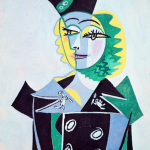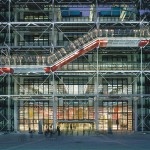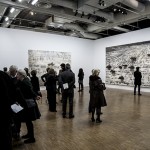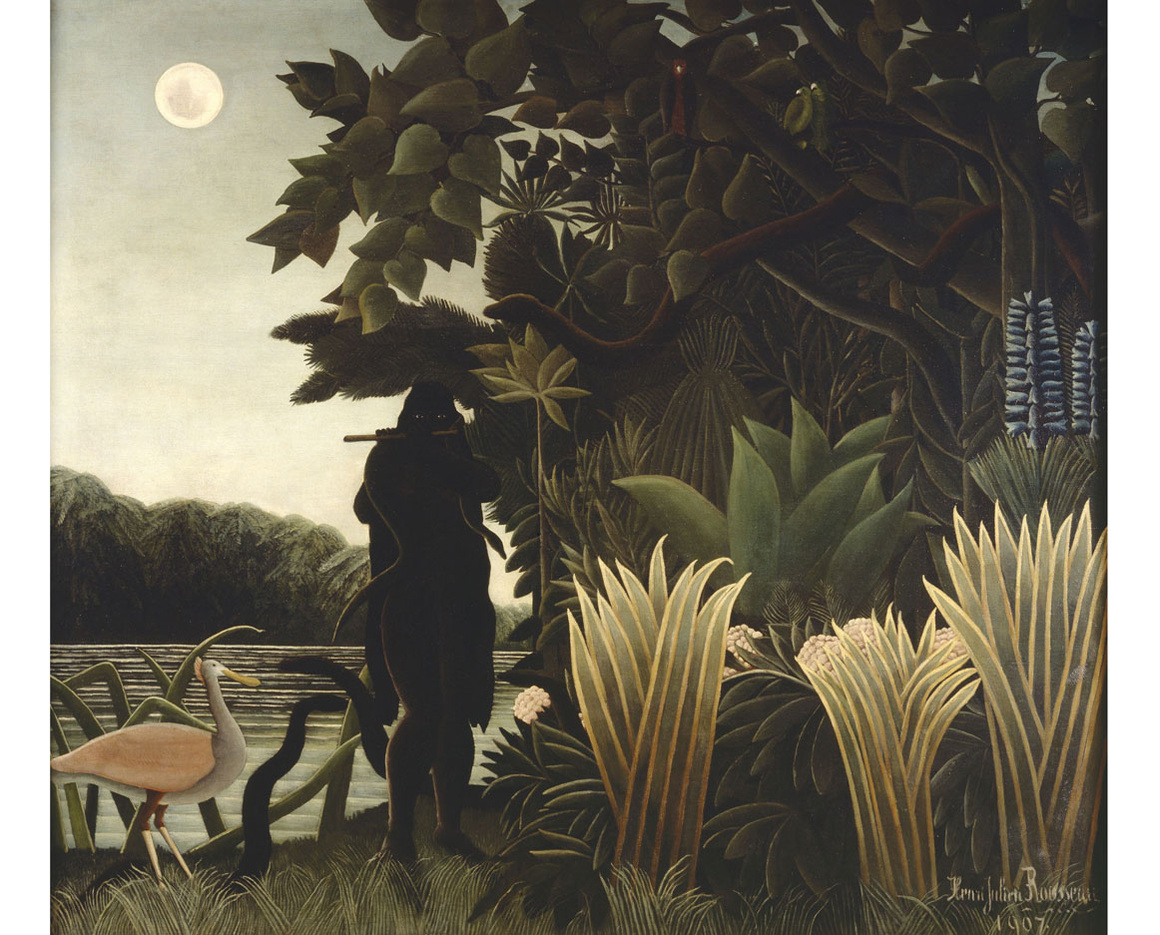 Henri Rousseau, dit Le Douanier Rousseau (1844-1910) La charmeuse de serpents.
Henri Rousseau, dit Le Douanier Rousseau (1844-1910) La charmeuse de serpents.
k
Exotic landscapes, portraits of lonely children, charming scenes of life… The painting of Henri Rousseau, also called Le Douanier Rousseau, enchants with its assumed naivety.
 Henri Rousseau, dit Le Douanier Rousseau (1844-1910) La Carriole du Père Junier, 1908
Henri Rousseau, dit Le Douanier Rousseau (1844-1910) La Carriole du Père Junier, 1908
k
But this season, the Musée d’Orsay goes further and puts the work of French artist at the heart of a reflection on art called “archaic“, a subtle blend of avant-garde and carelessness. In relation to other artists like Gauguin, Picasso, Rivera or Anquetin, the work from Rousseau is every bit more modern than ever.
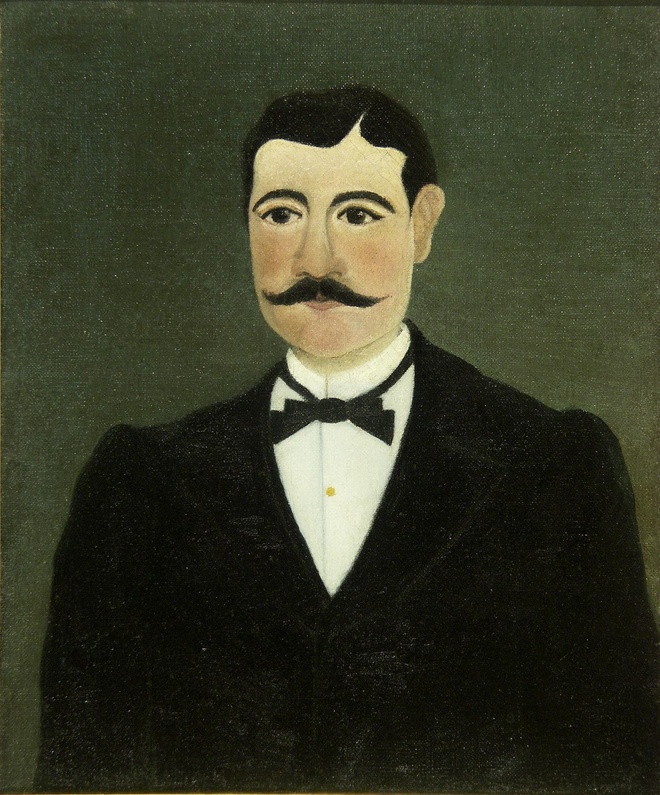 Henri Rousseau, dit Le Douanier Rousseau (1844-1910) Portrait de Frumence Biche en civil, 1892
Henri Rousseau, dit Le Douanier Rousseau (1844-1910) Portrait de Frumence Biche en civil, 1892
j
Leader of naive art, Le Douanier, and his eyes of a child, has suffered influences from poetry and late nineteenth european painting, and also got inspired by his contemporaries of thesurreal clan.
 Henri Rousseau, dit Le Douanier Rousseau (1844-1910) Le Navire dans la tempête, vers 1899
Henri Rousseau, dit Le Douanier Rousseau (1844-1910) Le Navire dans la tempête, vers 1899
j
Paul Eluard said of him: “What he saw was love and always make us very eyes.” And we still fill with wonder at Musée d’Orsay by going to the dedicated exhibition.”

